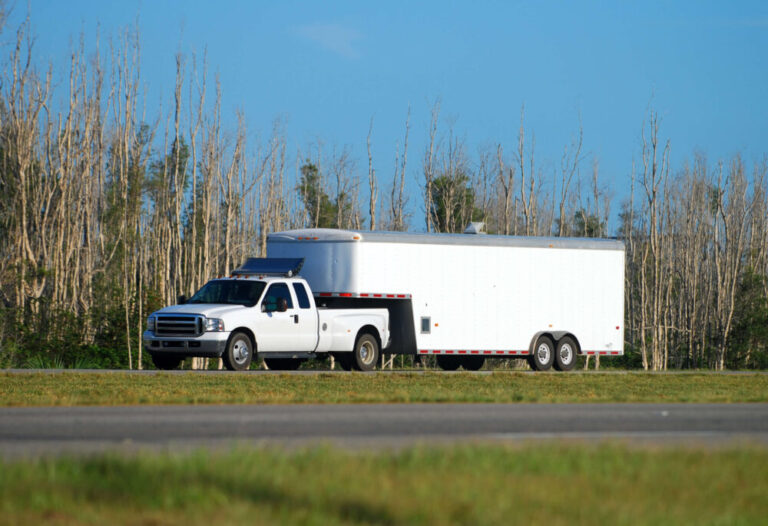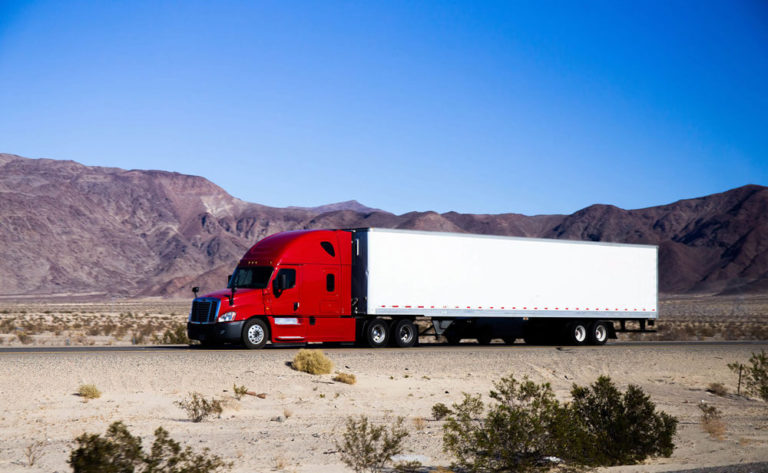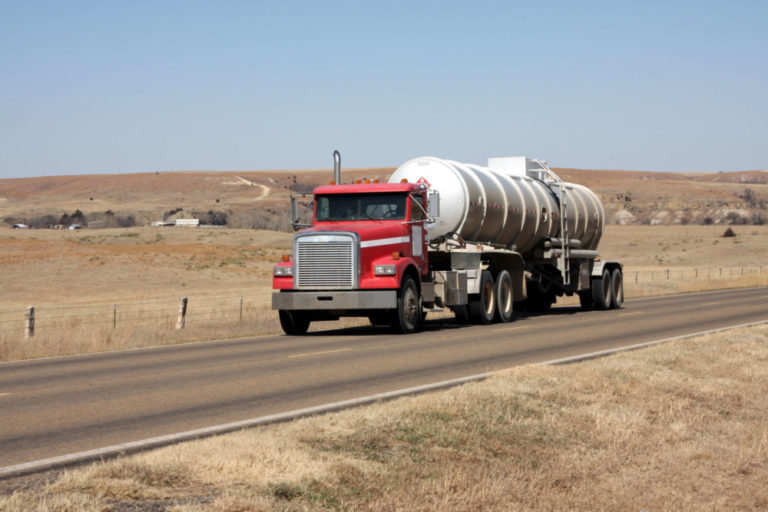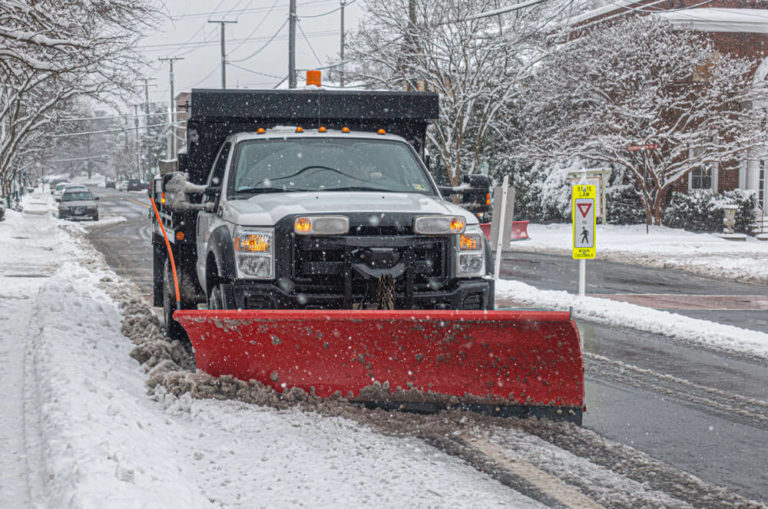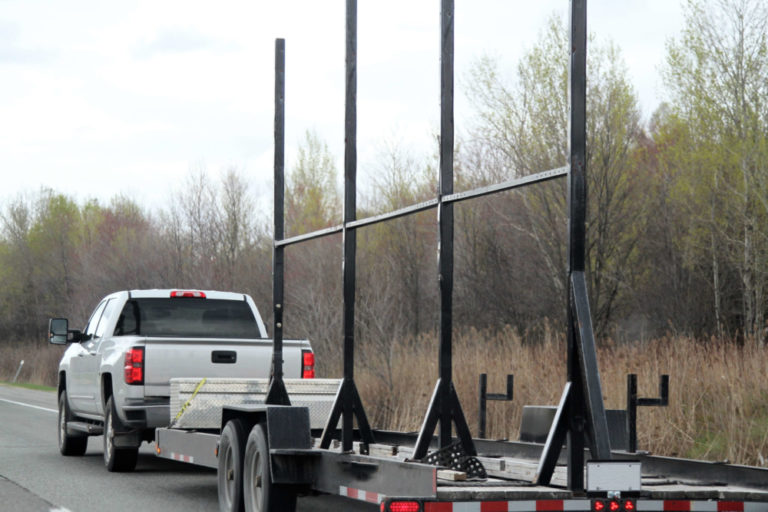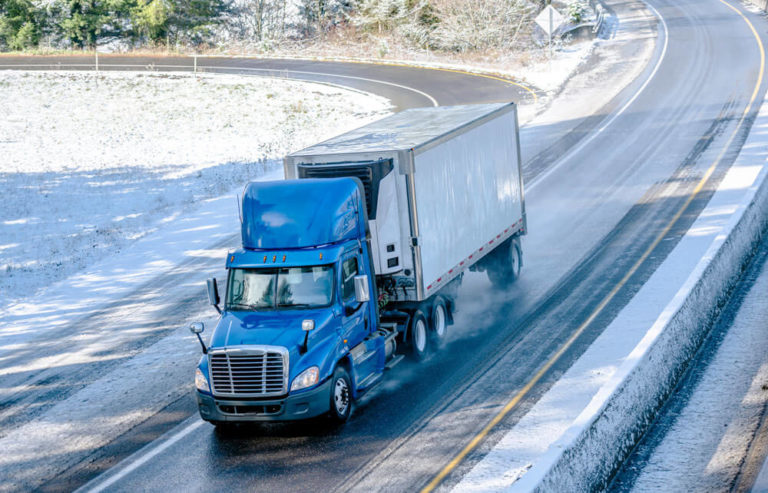Finding affordable insurance as a hot shot truck driver can be difficult. Hot shot trucking involves transporting smaller loads over shorter distances, presenting different risks than standard long-haul trucking. There are, however, ways to get cheap hot shot insurance without sacrificing coverage. We’ll discuss these below.
Tips
Getting the right truck insurance for your business can feel like a monumental task. Maybe you’re not quite sure where to start. This section of our blog has articles that feature tips for buying truck insurance and tips for understanding various coverages. Insurance might seem overly complicated and impossible, but we strive to make insurance as easy as possible. That’s why these articles break down various topics into easy-to-understand tips and explanations.
The “Tips” section also includes articles that focus on ways to improve safety at your business. Though you face many risks as a trucking business, there are things you can do to minimize those risks and lessen the chance of something bad happening. The articles take various topics and create manageable steps that you can follow to boost safety at your business. The safer your business is, the fewer claims you may have. And that can help your insurance rates.
So, take some time to check out the topics that appeal to you.
The Dangers of Dead Head Trucking
In the transportation industry, dead head trucking is the act of driving a truck with an empty trailer. This can happen frequently when a truck driver transports a load from one place to another and leaves empty-handed. However, dead head miles be costly for transportation businesses and an inefficient use of resources.
In this post, we’ll also go through the safety risks of dead head trucking and why having proper truck insurance is critical in instances like these. We’ll also give you some pointers on how to cut down on dead head mileage altogether.
How to Start a Career as a Truck Driver in Texas
Truck driving is a highly sought-after and gratifying profession in Texas, as trucking is a crucial component of the state’s economy. Texas is a transportation hub with a huge network of highways, making it a perfect place to begin a career as a truck driver. However, to become a truck driver in Texas, there are certain requirements you must meet and adhere to.
This article will walk you through the steps of becoming a truck driver in Texas, including the prerequisites, qualifications, and resources available to assist you. Let’s get started!
A Complete Guide to Becoming a Box Truck Driver
Driving a box truck is a rewarding career in the transportation business that allows you to travel to different places and deliver goods. If you wish to become a box truck driver, this guide will walk you through the process of making that dream a reality. We’ll cover everything from obtaining a CDL to getting hands-on experience and creating strong relationships with clients.
Let’s get ready to start your journey towards a successful career as a box truck driver!
A Snowplow Operator’s Guide to Safety
During this time of the year, snowplow operators are working tirelessly to keep roadways clear and ensure that they remain safe for travelers. However, operating a snowplow can present numerous hazards and operators must prioritize safety to protect themselves and others on the road.
This blog will delve into the significance of snowplow safety and offer practical tips for operators on how to stay safe while performing their duties.
How to File an Insurance Claim After a Truck Accident
The process of filing an insurance claim after a truck accident can be overwhelming, to say the least. However, by following the steps outlined in this guide, you can make the process as smooth as possible and get the compensation you need to cover any damages or injuries.
How to Start a Successful Hot Shot Trucking Business
Starting a hot shot trucking business can be a rewarding and lucrative venture for those who are interested in the transportation industry.
Hot shot trucking involves the use of smaller, specialized vehicles to transport time-sensitive or urgent shipments. This can often include livestock, agricultural equipment, heavy machinery, construction materials, and so forth.
This type of trucking often requires the ability to be flexible and adapt to changing circumstances, as well as excellent communication and customer service skills. If you’re considering starting a hot shot trucking business, it’s important to thoroughly research and plan all aspects of your business. For instance, you’ll need to acquire the necessary equipment and obtain proper licensing and insurance.
Let’s explore how to be successful in this industry by laying out a detailed step-by-step guide.
How to Winterize Your Semi Truck
Winter weather can be challenging for any vehicle, but it can be especially tough on semi trucks. The large size and weight of these vehicles make them more susceptible to potential hazards on the road. Commercial trucks, in particular, take longer to come to a complete halt and icy roads can impair a truck driver’s capability to control their vehicle. Not to mention that breakdowns can have a significant impact on delivery schedules.
To ensure that your semi truck can handle the challenges the winter presents, it’s important to take some steps to winterize it. In this article, we’ll provide four essential tips on how to winterize your semi truck. With these suggestions, you can spend less time in the shop and more time transporting your goods! Let’s get started.
How to Protect Your Transportation Company from Cyber Attacks
Since they play a key role in the global supply chain, various motor carriers across the US have recently been victims of cyber attacks. Unfortunately, the potential for hackers to steal your information is increasing as technology continues to develop.
According to IT professionals, many transportation businesses aren’t taking the essential preventative steps to stop cyber attacks from occurring. Organizations frequently ignore the threat until it’s too late and they become victims of ransomware attacks.
Due to recent high-profile cyber attacks on the transportation sector and other essential infrastructure elements, fleet operators are now more aware of the need for cyber security readiness and have given it a higher internal priority.
Let’s talk about the various methods that a transportation company might use to reduce the risk of cyber attacks.

